
Written and Illustrated by Various
Edited by by Peter Maresca
Published by Fantagraphics/Sunday Press
Fantagraphics, via their imprint Sunday Press Books, has just come out with a revised and expanded second edition of what I think is one of their most important books, Society is Nix – Gleeful Anarchy at the Dawn of the American Comic Strip, 1895-1915.
Back in my day, the early 1970s, I bought every history of comic books and/or strips I could find, and I generally found myself most intrigued by the earliest cartoonists—Swinnerton, Opper, Outcault, McCay, Dirks, etc.
The Katzenjammer Kids were still around then but the other classic comics characters were not—Happy Hooligan, Maud the mule, Foxy Grandpa, The Yellow Kid, Little Nemo, Buster Brown…
Well, the latter was still around, but only as the mascot for a shoe company! I didn’t realize at the time that he had ever been anything else. In fact, I had actually played Buster Brown in my kindergarten play in 1965 (and here in 2025 I have a Buster Brown t-shirt!).
Society is Nix offers a well-chosen selection of those early strips, in full color, alongside a handful of well-written—but not stodgy—essays and treatises by a number of respected comics historians. The editorial section highlights roughly the first 24 pages while the next 140 or so consists of vintage uncensored examples, complete with all their politically incorrect discrimination, stereotyping, and violence intact. The descriptive captions under each picture are often as informative, or more so, than the actual historical pieces in the book.
Whether or not the reader finds the strips actually funny is another matter entirely.
There’s no question that styles of humor today are vastly different than they were in the early 1900s. There are likely to be some shocks amongst what were considered at the time just throwaway gags (or in some cases, social or political commentary). It helps if one knows history and has a tolerance for the fact that everything was different back then.
Edited by Peter Maresca, some of the other contributors with whom I was familiar include Paul Tumey and David Gerstein. Gerstein, known for his excellent and informative work with and about vintage Walt Disney comics, is certainly one of my favorite comics historians these days.
The text features cover the backstabbing rivalry between Pulitzer’s newspapers and Hearst’s and explains in basic terms how important those feuds were when it came to shaping what we came to know as the Funny Pages or the Sunday Funnies. One well-known aspect of all this is the fact that the pejorative term “yellow journalism,” referring to reporting that is based upon exaggeration and crude sensationalism, originated as a reference to Richard Felton Outcault’s Yellow Kid, generally seen as the very first continuing cartoon character in American comics.
We’re shown Outcault’s first and last strips with The Yellow Kid in his original newspaper, as well as the first from his replacement. Likewise, we see the key strips of Hans and Fritz when both Dirks H.H. Knerr continued it for rival papers.
Among the other century-old-plus strips and panels represented in the book we find the innocent, once-popular, but casually racist Poor Lil Mose, about a young black boy and his animal friends in New York City. Visually, Mose was far from the worst drawn black comics character (that would be Captain Marvel’s “valet” Steamboat some 25 years further on). Mose even crosses over into Buster Brown’s strip at one point.
There’s also Brainy Bowers, Hugo Hercules, Panhandle Pete, The Newlyweds, and Hawkshaw the Detective, among numerous others. There’s quite a number of strips that show the cartoonists experimenting with format, panels, text, and most especially, color! The highlight there has to be the rainbow-splashed 1913 Mama’s Angel Child strip satirizing what was then modern art.
As I wrote at the beginning, this is an extremely important book as these strips become more forgotten every year, and more become lost completely as unarchived newspapers are simply unavailable. Ideally, there should be major collections of the most important strips, but there’s no market for such volumes.
That’s why Society is Nix is so important and succeeds admirably at what it sets out to do.
Booksteve recommends.





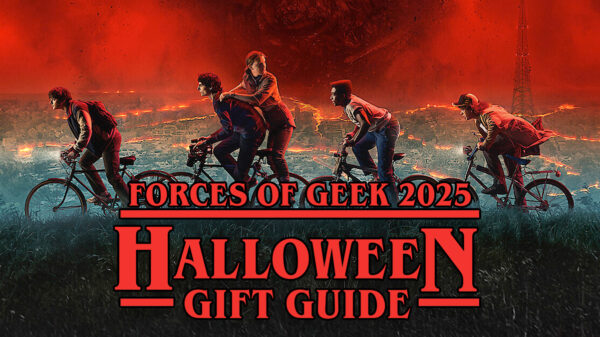
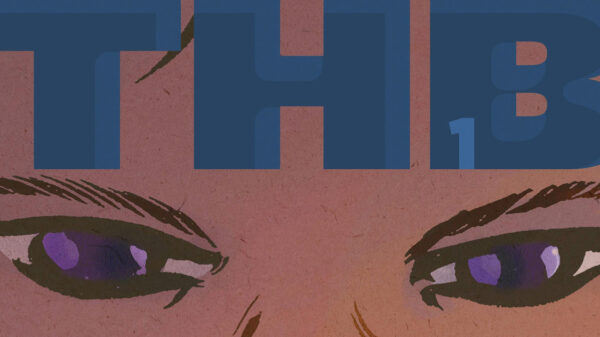



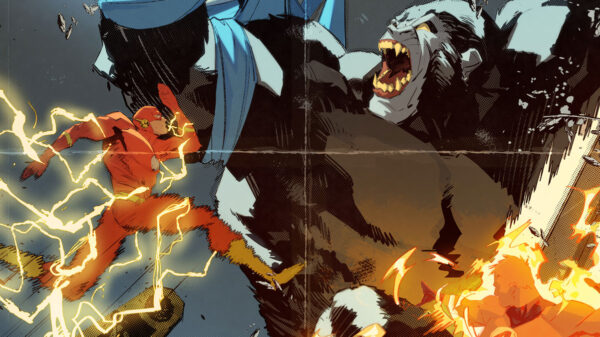

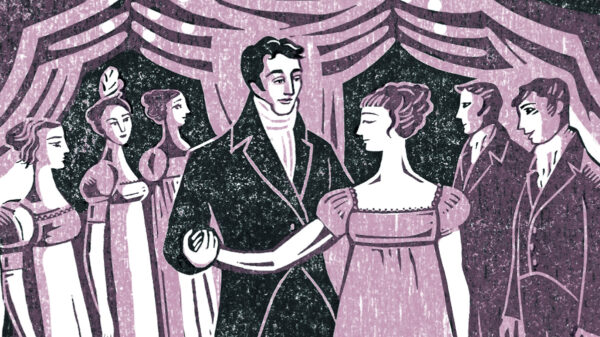
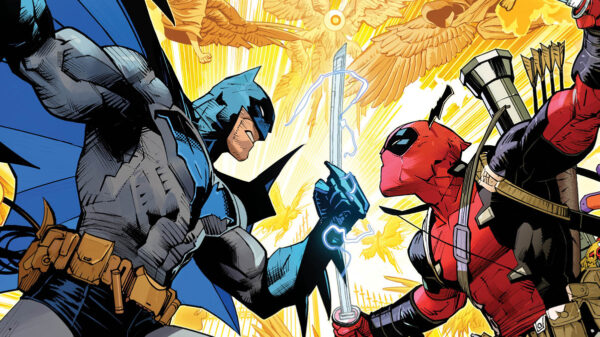
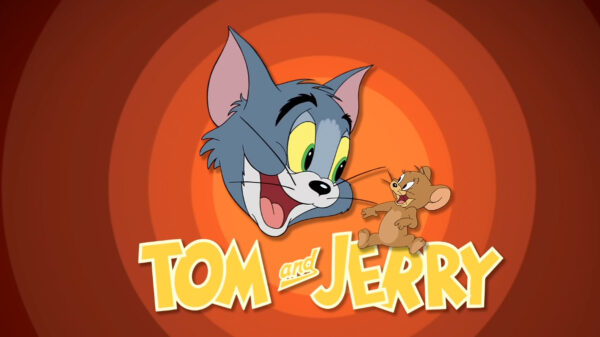



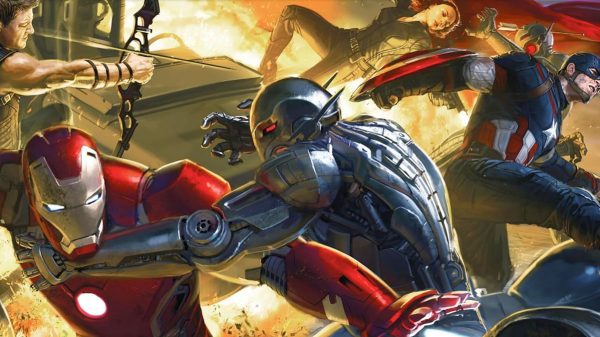

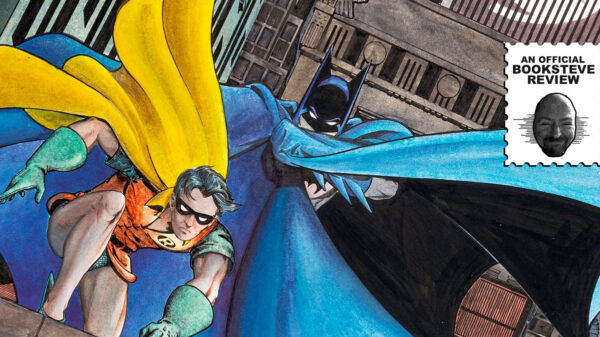
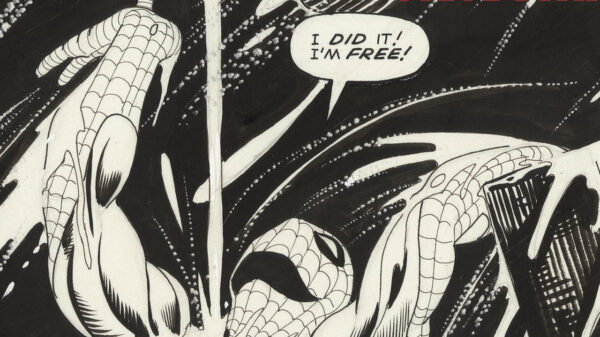
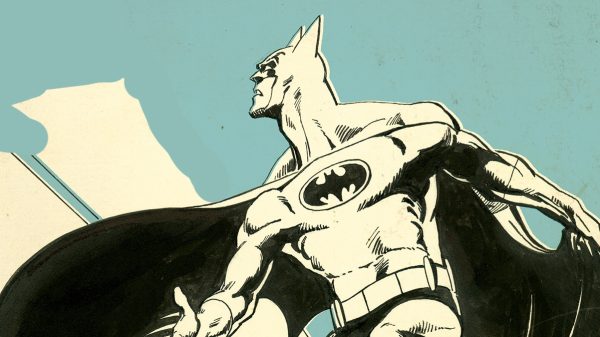

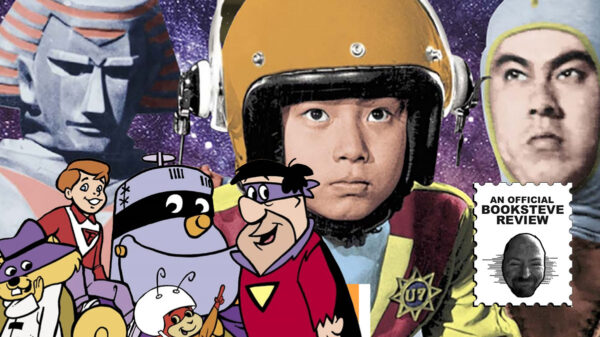
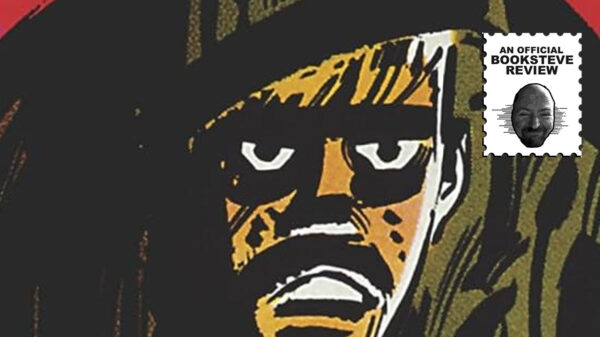
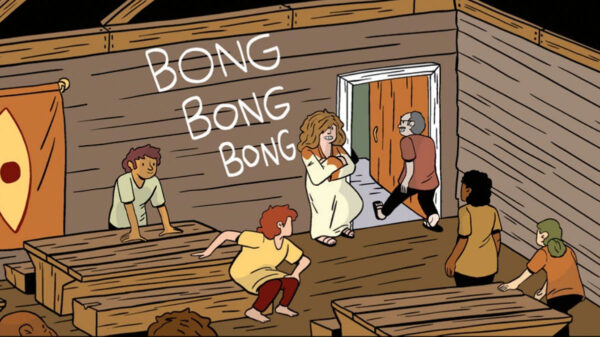
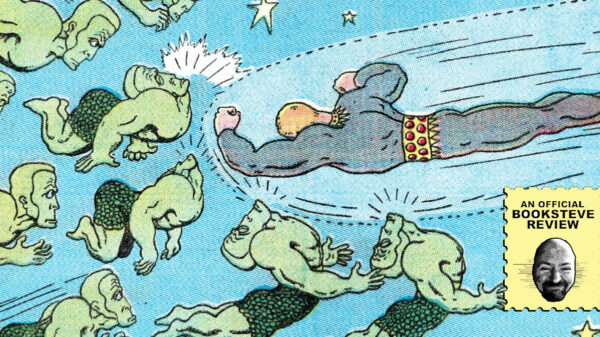
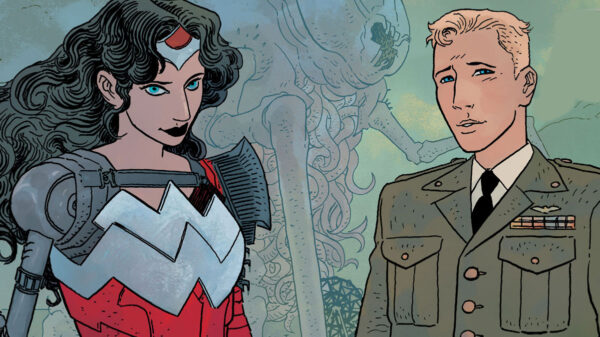











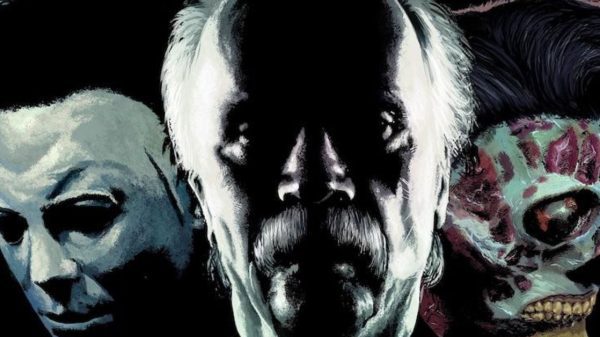
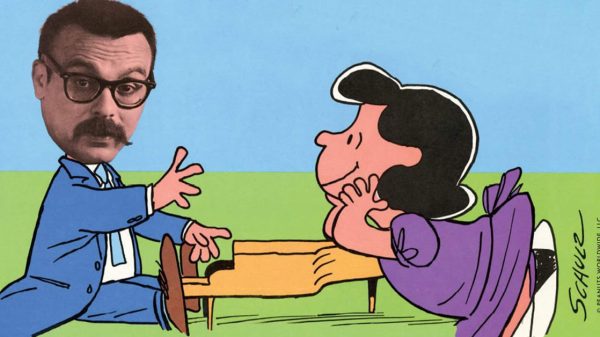
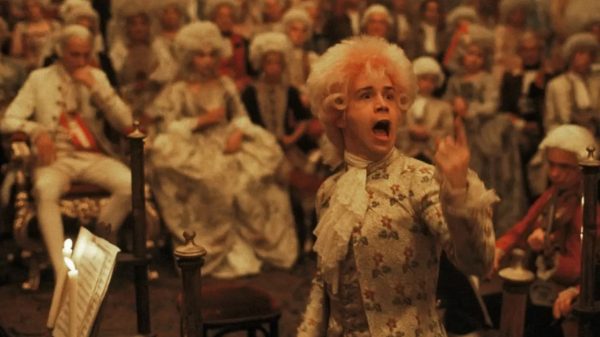













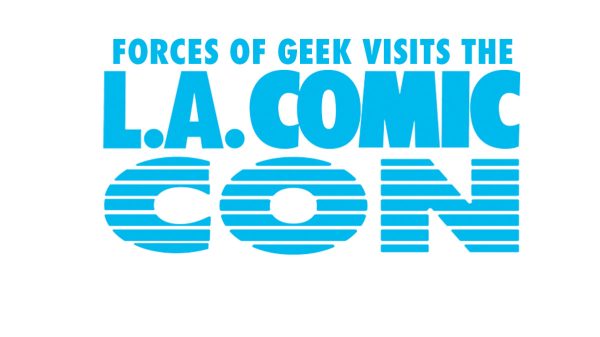



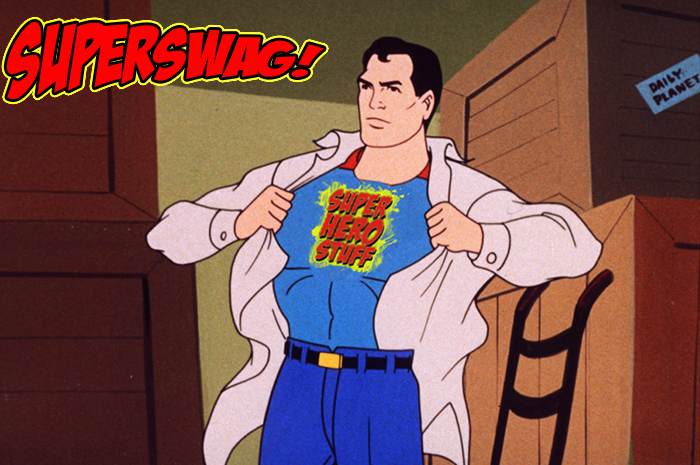


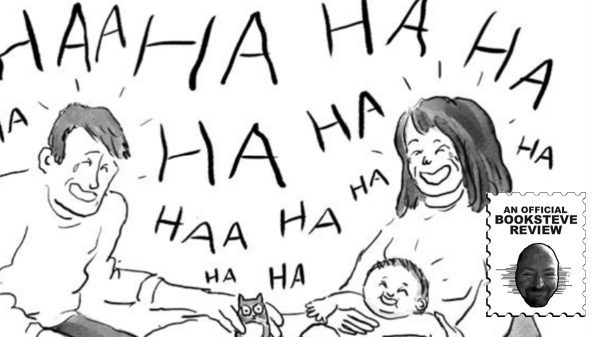



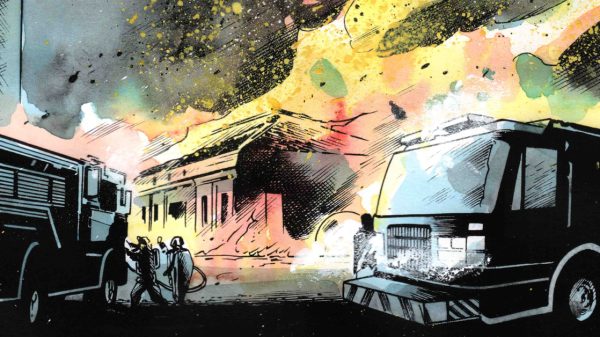















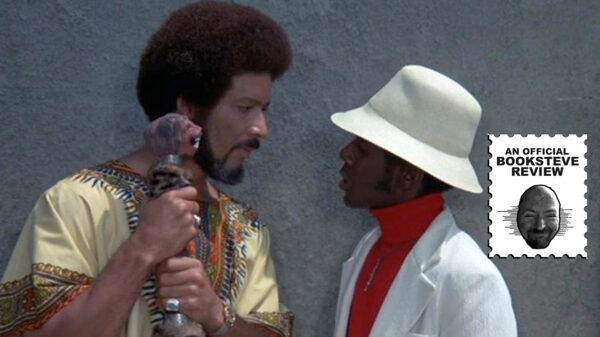
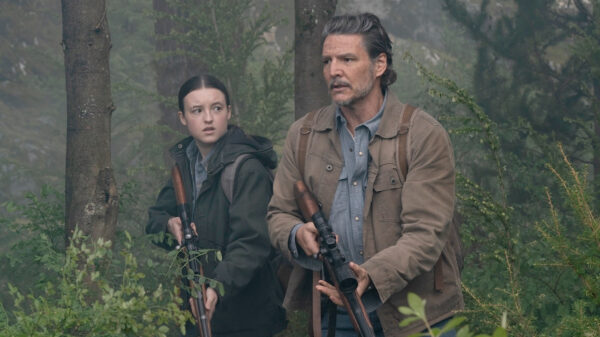














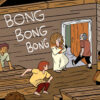
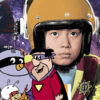
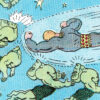

You must be logged in to post a comment Login